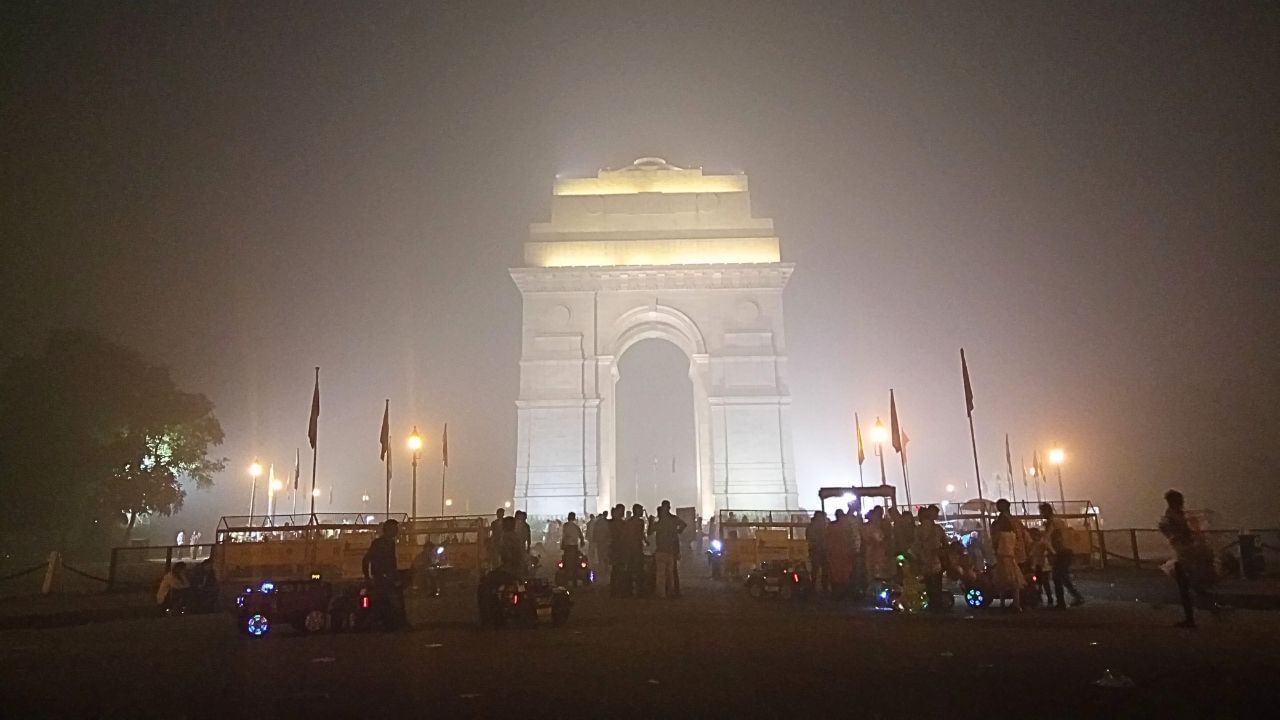New Delhi: Delhi’s air quality worsened sharply on Diwali, with 34 of the city’s 38 air monitoring stations recording pollution levels in the ‘red zone’ on Monday, indicating ‘very poor’ to ‘severe’ conditions across the national capital.
According to official data, Delhi’s 24-hour average Air Quality Index (AQI), reported at 4 pm, stood at 345, firmly in the ‘very poor’ category and higher than Sunday’s reading of 326.
Data from the Central Pollution Control Board’s (CPCB) SAMEER app showed that four stations had already entered the ‘severe’ category, with AQI levels above 400. These included Dwarka (417), Ashok Vihar (404), Wazirpur (423), and Anand Vihar (404). Around 30 other stations reported ‘very poor’ air, with AQI levels above 300.
By afternoon, 31 of 38 stations continued to record ‘very poor’ air quality, while three slipped into the ‘severe’ zone. Forecasts indicate that pollution levels may worsen further, with air quality expected to dip widely into the ‘severe’ category on Tuesday and Wednesday.
The CPCB classifies AQI between 0 and 50 as ‘good’, 51–100 as ‘satisfactory’, 101–200 as ‘moderate’, 201–300 as ‘poor’, 301–400 as ‘very poor’, and 401–500 as ‘severe’.
Data from the Decision Support System (DSS) revealed that transport emissions accounted for 15.6 per cent of Delhi’s pollution on Monday, while industrial and other sources contributed 23.3 per cent.
In response to the deteriorating conditions, the Commission for Air Quality Management (CAQM) on Sunday enforced Stage II of the Graded Response Action Plan (GRAP) across Delhi-NCR. The decision followed a review by the GRAP sub-committee and forecasts issued by the India Meteorological Department (IMD) and the Indian Institute of Tropical Meteorology (IITM).
Meanwhile, the Supreme Court, on October 15, permitted the sale and use of green firecrackers in Delhi-NCR between 6 am and 7 pm and again from 8 pm to 10 pm on Diwali eve and the festival day.
